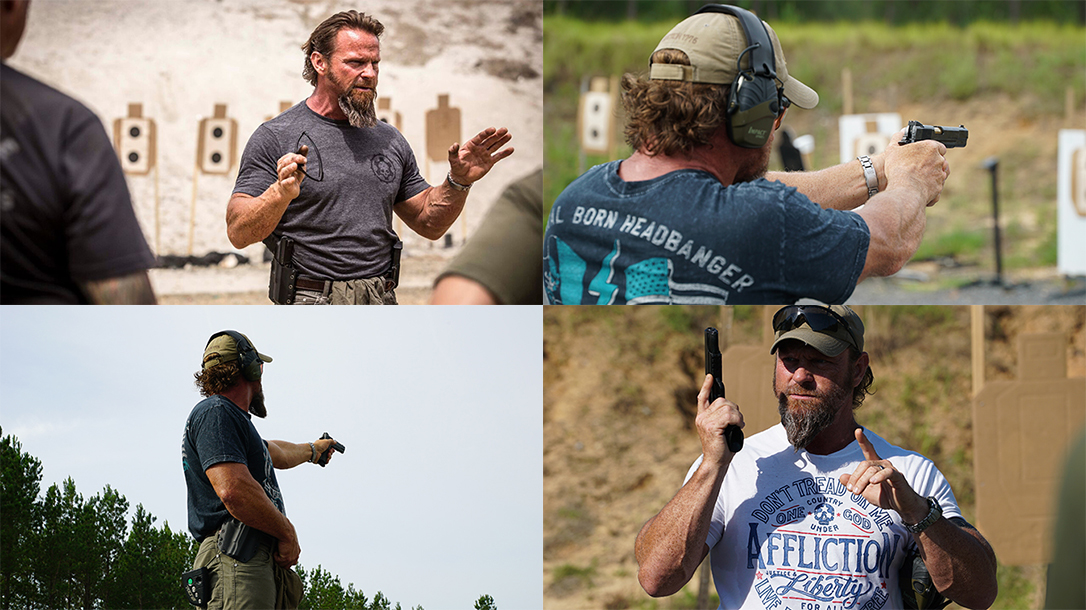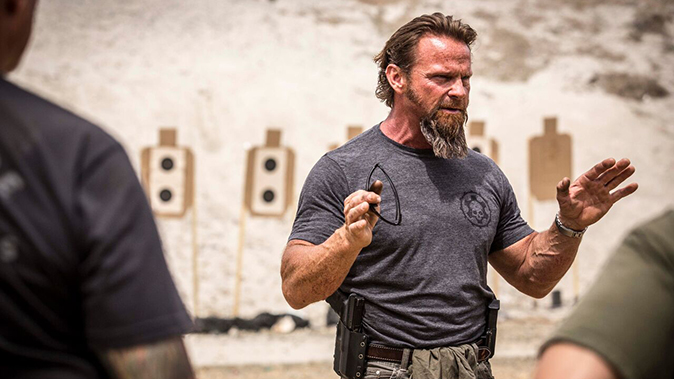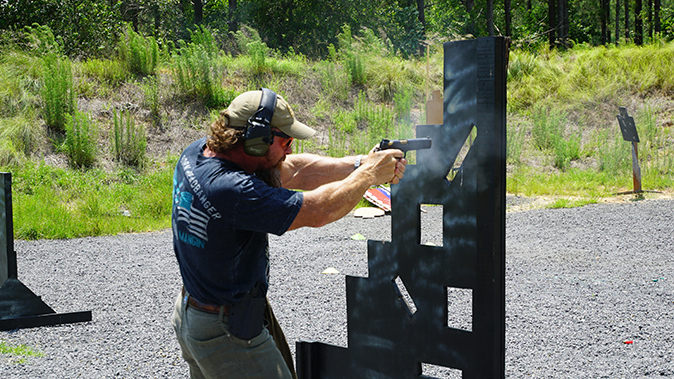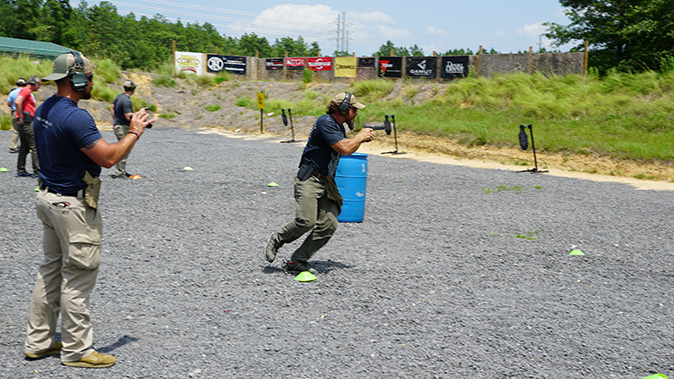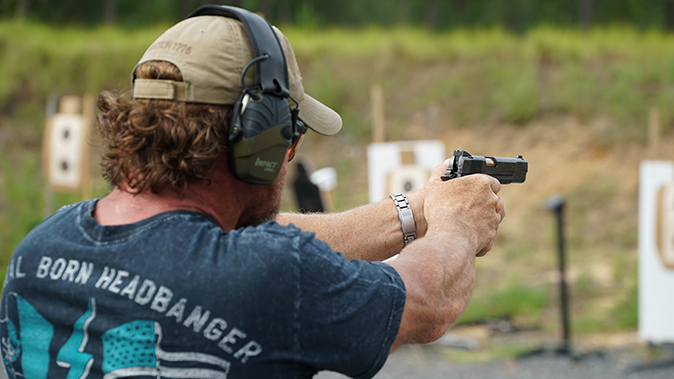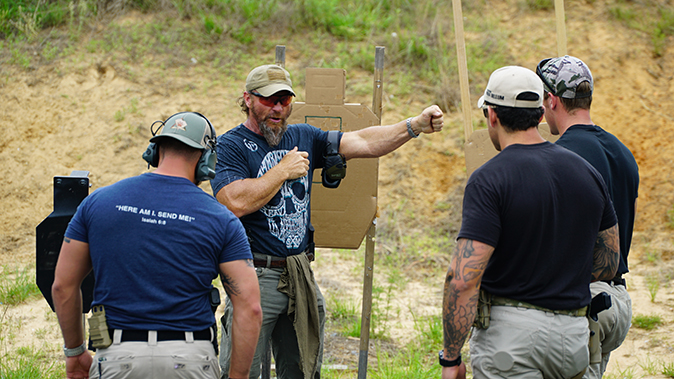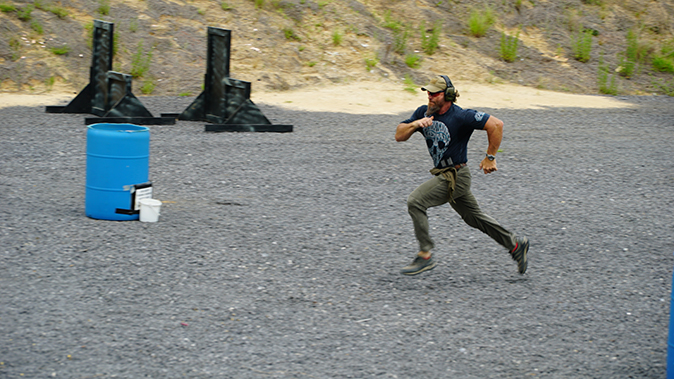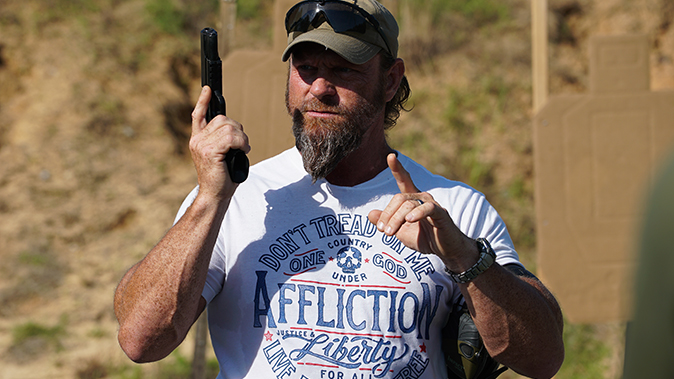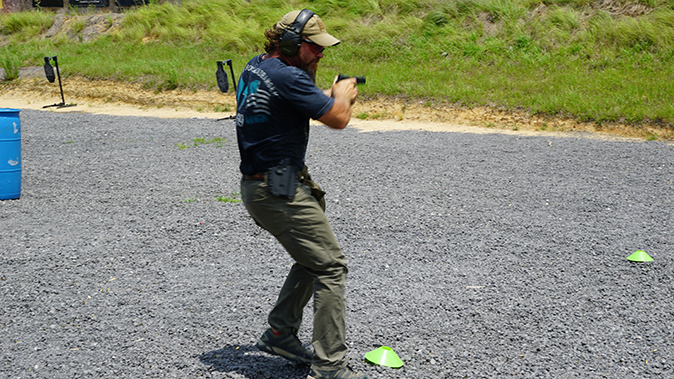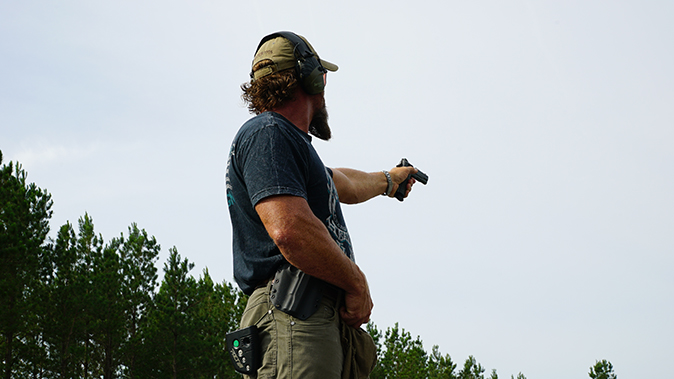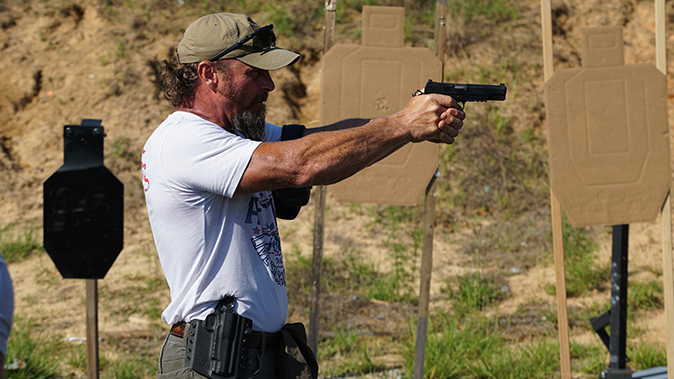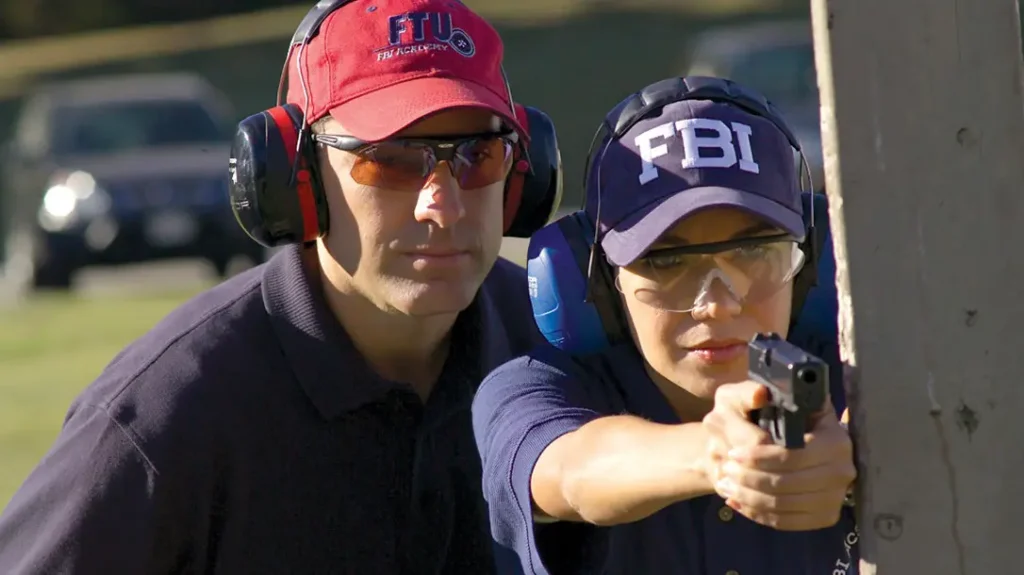“Train like you fight” is an overused and misunderstood axiom. I hear its misuse frequently. Does it mean that we must train in full combat gear all of the time? Does it mean that we have to train until we drop? The answer is no. It has nothing to do with how much black Velcro you strap on your person. The term comes from athletics of yore: “Practice like you play.” Instead of practicing on a half-court, practice on a full court, for example.
Let’s put it into terms outside of the range. When you work out to ensure your combat chassis is more effective and capable, do you do it in full kit? Every time? If the answer is no, then I guess you are not training like you fight. How about on the range? If your objective to marksmanship training is to dissuade a home invasion, should you be training in boxer shorts? Think about it.
Advertisement — Continue Reading Below
Too many of the folks I train are subservient to square-range mindset nonsense from institutional inbreeding. Snatching the pistol back into their workspace so that they may scan and assess for more threats is an example of the square-range mindset. Following the target down is another one. If we were going to scan and assess, wouldn’t the pistol go with us? What about following the target down? What if he is down a flight of stairs or what if he is in a vehicle? Is a person really going to fall down in slow motion in a straight line? I think not.
Beyond Drills
“Train like you fight” means training beyond the drill. If the drill requires one shot, that doesn’t mean we don’t train for two, for five, for 10. Do not let the drill dictate when you should stop thinking. Check your work through your weapon’s sights. Reset your trigger and get ready for the next shot. Scan what is available to scan—with your gun. Check for targets to the left and right, for example. Here are some more useful tips:
Advertisement — Continue Reading Below
• Perform a focal shift. Try to see things full spectrum. Once again, work beyond the drill. If the targets are directly in front of you, look beyond them, in front of them, and understand what is flanking these targets.
• When taking a step or two to the rear, make sure that you are taking a snapshot of what’s behind you. Many of us do not do this on a flat range because we know that it’s clear. After all, it’s a flat range. Try that in a Wal-Mart parking lot at zero dark thirty. You’ll be ass over tea kettle, my friend.
• Train during periods of limited visibility. Understand your flashlight’s potential capabilities and its flaws. Use your light when you need it. Ensure that it is off when you don’t.
Advertisement — Continue Reading Below
• How do you run with a gun? My answer, “The same way you run without one!” Stop all of the gimmicky bullshit and train like you fight. After all, the objective when moving from Point A to Point B is to get there. Mobility equals survivability. It’s hard to shoot a moving target.
• Train in adverse weather conditions. It sucks to train in the rain. Cold rain especially. Your hands get slippery, you sight fogs up. We lose dexterity. Do we fight in the rain? You’re damn right we do! So get out there in a storm, put some rounds downrange, do your med training and perform vehicle ops when the weather is crappy.
Advertisement — Continue Reading Below
• Train to stay in the fight. It’s OK to suck in training. It is a biological requirement that we humans fail. When we do, however, we must learn from the past, prepare for the future and perform in the present. Get into contingency planning mode. Fail quickly and do not let your failure become a recurring theme.
• Get out of the square-range mindset. Implement movement drills. Simple short movements to the front, laterally, rear oblique, etc., are essential. Footwork is a necessary component to gunfighting. After all, fighting is fighting. Learn to move like a ballerina instead of a duck.
• If you do not live in the “tactical” world, strip off that K-vest, MultiCam, drop-down holster, mag pouches and work from concealment. Do those mag changes out of your pocket.
Advertisement — Continue Reading Below
• Run a sprint or two prior to a course of fire. Mobility is a natural defense mechanism built into our hard drives. Will we have to run in a gunfight or simply stand in front of a static target and get our blaze on? After the run, assess how your gear is fitted to your person. Did it move? Does it make a bunch of racket? Do you have to hold it in place during your jaunt? Did you leave a yard sale behind you?
Keep a few of these things in mind next time you hear “train like you fight” and add them to your list.
This article is from the January/February 2018 issue of “Combat Handguns” magazine. To order a copy and subscribe, visit outdoorgroupstore.com.
Advertisement — Continue Reading Below
